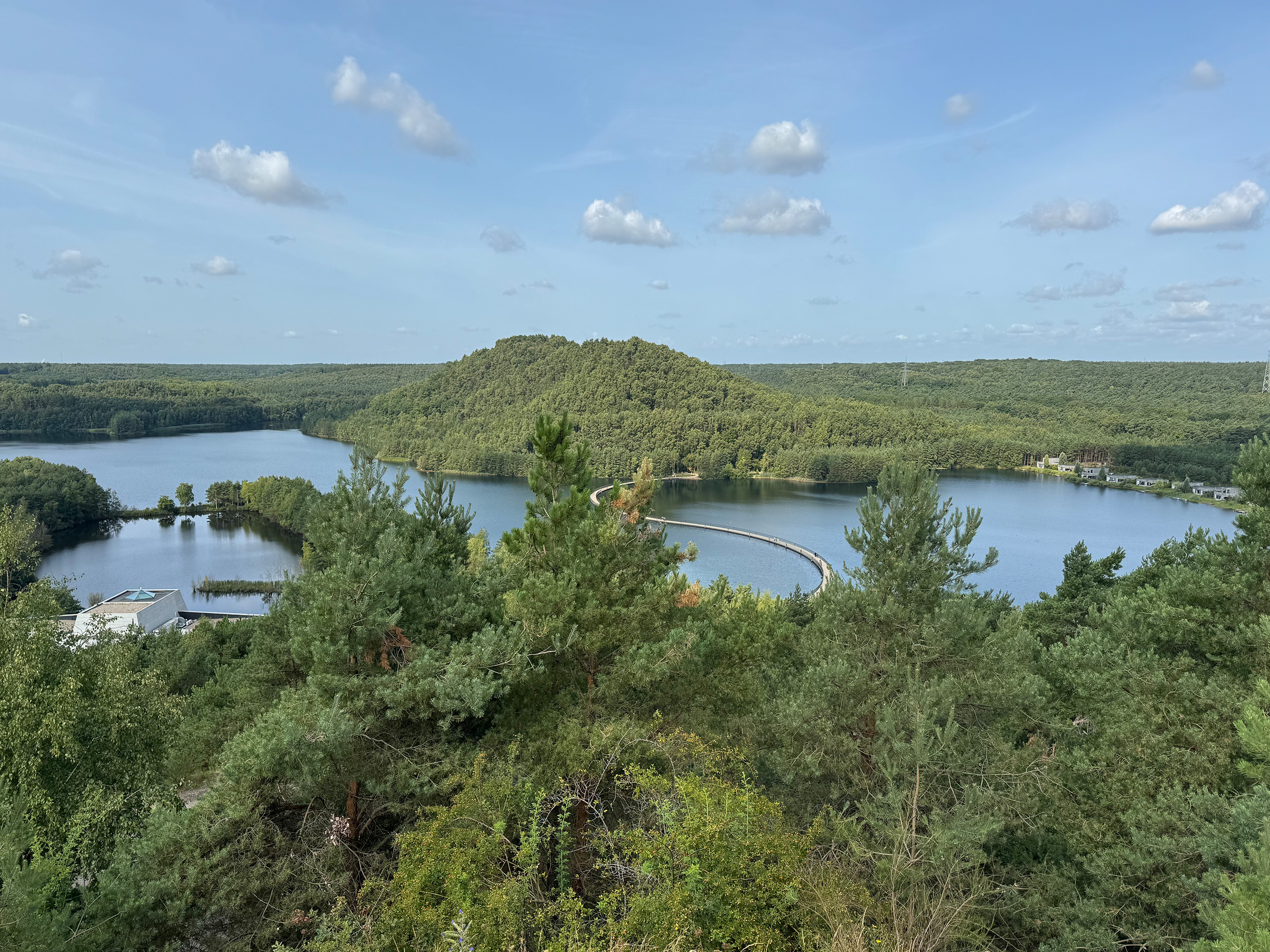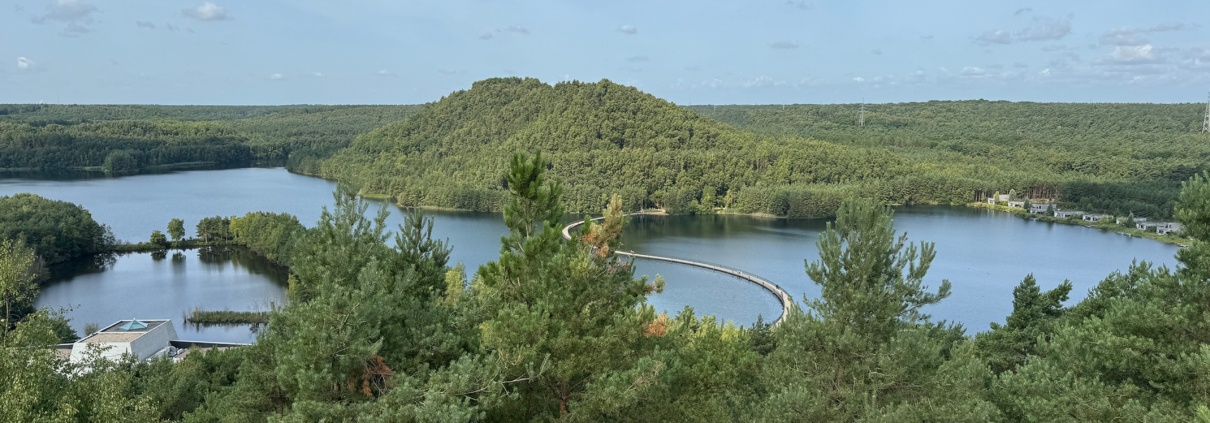Hoge Kempen: Belgium’s first National Park

The Hoge Kempen National Park is located in the province of Limburg, in eastern Belgium, and covers an area of around 12,000 hectares. It is the country’s first officially recognised national park and encompasses a mosaic of heathland, pine forests, dunes, lakes, and gently rolling hills. The area is part of the Flemish Kempen, a region with sandy soils that, for centuries, was rather barren and difficult to farm. Today, it is considered a valuable natural landscape, home to numerous rare plant and animal species.
The park’s scenery is characterised by vast expanses of heath that glow purple in late summer, as well as by extensive coniferous forests planted in the 20th century to reforest the sandy ground. Between the ridges lie small lakes, often remnants of former gravel extraction sites, which have since become habitats for waterfowl and amphibians. Sandy paths wind through the area, attracting both hikers and cyclists. Around 400 kilometres of marked routes offer varied perspectives on the park’s diverse topography.
The Hoge Kempen is not only a natural space but also a cultural landscape shaped by human activity. The mining industry of the 20th century has left its mark, yet many former extraction sites have been restored to nature. A striking example is Terhills in Maasmechelen: an area that has evolved from a decommissioned mining site into a place where green hills, water bodies, and a modern visitor centre form a blend of nature, leisure facilities, and a starting point for exploring the park. Elevated vantage points offer wide views over the surrounding landscape, and the connection to hiking and cycling trails makes Terhills one of the most popular gateways into the area.
Six entrance gates form the official access points to the national park, each with its own thematic focus. They provide orientation, route information, and often small exhibitions. Visitor numbers vary with the seasons: in summer and on sunny autumn days, the trails can become busy, while in winter a quieter, almost secluded atmosphere prevails.
The park appeals not only to nature enthusiasts but also to those seeking peace and open space. The clear air, wide horizons, and the interplay of light and shadow over open terrain create a special atmosphere. At the same time, it serves as an example of a successful balance between nature conservation and gentle tourism: the trails are designed to protect sensitive habitats while still offering visitors an intense experience of nature.
Anyone visiting the national park should take their time. Not to see everything, but to take in the slow pace of the landscape – whether gazing over a flowering heath, sitting quietly by a lake’s edge, or standing on one of the hills that open up sweeping views over the Kempen.

 © visitbelgium.net
© visitbelgium.net © visitbelgium.net
© visitbelgium.net
Leave a Reply
Want to join the discussion?Feel free to contribute!